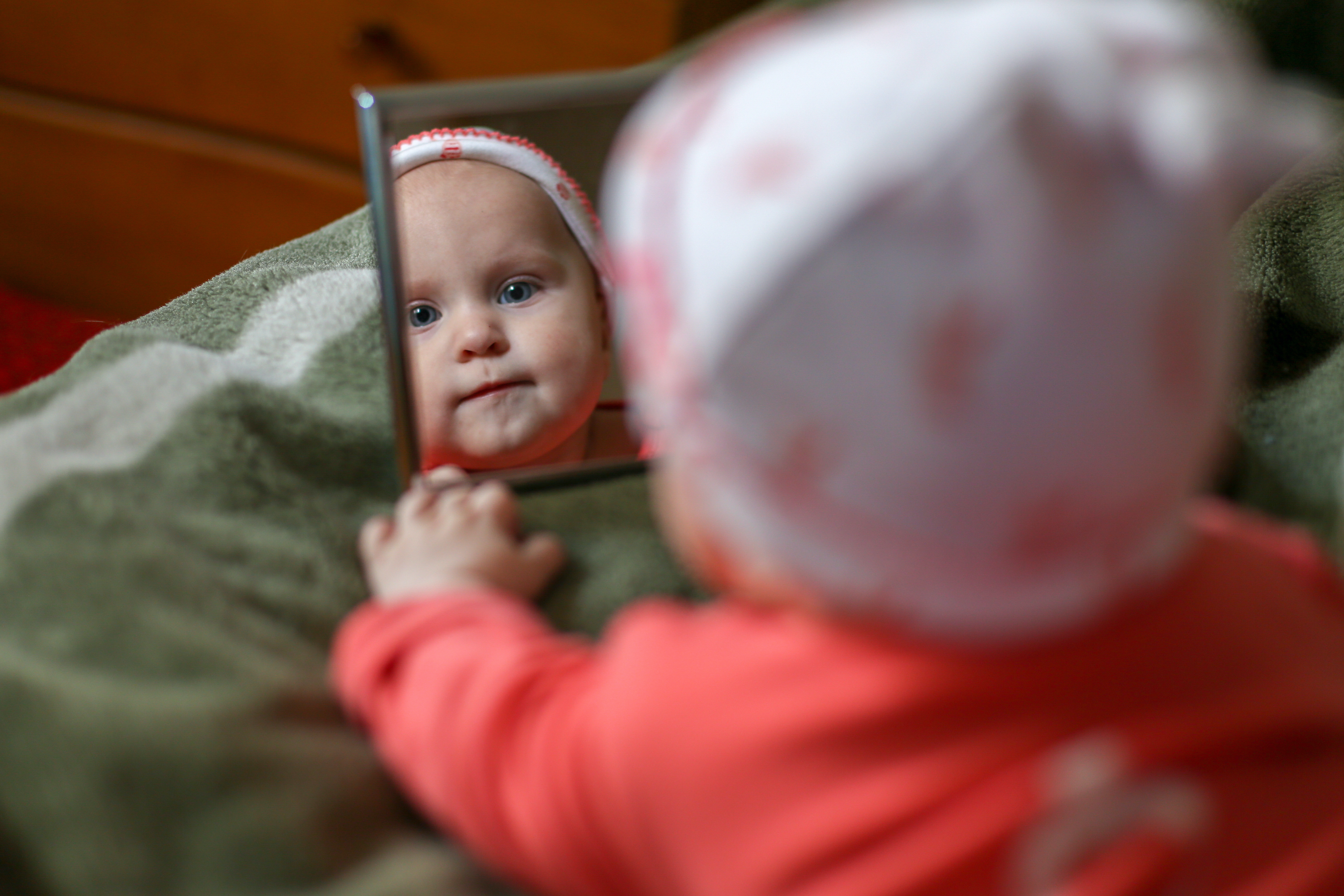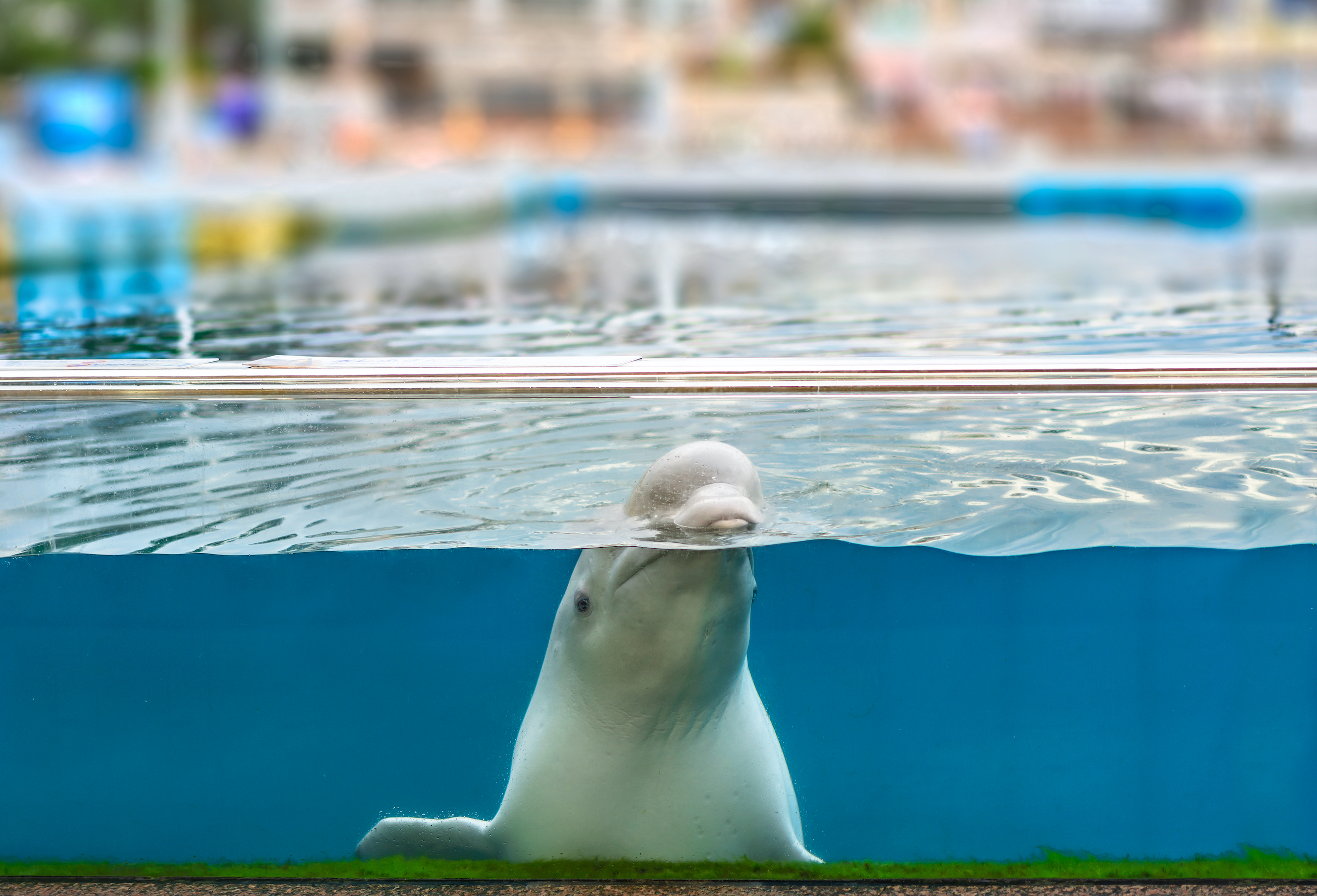The question of how consciousness happens is probably one of the biggest mysteries that still remain in science and in philosophy. Consciousness is, on the one hand, the most familiar phenomenon – we all know what it is to be a conscious person. But exactly how conscious experiences depend on the physical material processes in our brains and in our bodies is, for many people, still a complete mystery.
Anil Seth
The neural correlates of consciousness
The question of how consciousness happens is probably one of the biggest mysteries that still remain in science and in philosophy.Key Points
- • How conscious experiences depend on the physical material processes in our brains and in our bodies is still a mystery.
- • Studying the difference between wakefulness and consciousness, and trying to understand if there’s any residual consciousness in the vegetative state, is one of the more important applications in medicine today.
- • Neuroscientists try to build explanatory bridges between what happens in the brain, in the body, and what happens in our conscious experience. We try to look for for what have been called neural correlates of consciousness
- • According to the global workspace theory, we become conscious of some sensory information when that sensory information activates a broad network of brain regions in the frontal and the so-called parietal regions of the brain.
- • The mechanisms that underlie the conscious experience appear to be widely shared in the animal kingdom. There may be a lot of creatures out there who lack the cognitive flexibility that we humans have, but have the capacity to experience suffering.
One of the biggest mysteries

Photo by Elizaveta Shishova
The easy problem and the hard problem
The philosopher David Chalmers has described two problems about consciousness. The first is called the easy problem. The easy problems are not easy at all. These are questions about how the brain works, how it transforms sensory input into actions, how perception works and – in general – how the brain operates as a physical system. The easy questions are not easy to answer, but at least there's not any conceptual difficulty thinking about how we might answer them.
The hard problem for David Chalmers is the problem of how and why any of this should give rise to any kind of conscious experience whatsoever. Where we stand now, there is no strong consensus about approaches to the hard problem: we don't really have a convincing answer, but we are nonetheless learning a great deal about how consciousness experiences depend on processes in the brain and the body.
The neural correlates of consciousness
In practice, what neuroscientists such as myself have been doing for quite a while is, instead of trying to directly answer the question of how physical stuff gives rise to consciousness, we look for correlations. We try to build explanatory bridges between what happens in the brain, in the body, and what happens in our conscious experience. We try to look for what have been called neural correlates of consciousness.
Your brain is perhaps the most complicated object in the universe. The human brain contains about 86 billion neurons and about a thousand times more connections. So, if you counted one connection every second, it would take you about three million years to finish counting. About three quarters of the neurons in the brain don't seem to be involved in consciousness at all: these are the neurons in your cerebellum, which is the little brain hanging off the back of your cortex. Three quarters of the neurons are there. People can be born without a cerebellum, or you can have damage to your cerebellum, and while you'll be affected in many ways, your conscious experience won't be much affected at all.
The other parts of the brain do seem to be involved in consciousness, but exactly the role they play is still the subject of a great deal of investigation. There's the brain stem, which is a region at the top of the spinal cord and below the main part of the brain. This part of the brain seems to be involved in enabling conscious experiences. So, if you have damage to the brain stem, you might lose consciousness altogether. This kind of damage can result in conditions like the vegetative state or coma. But what you're conscious of at any given time seems to depend on activity patterns in the cortex – the massively folded sheet of densely packed neurons that is the main feature of the human brain.
Being conscious versus being awake
One way to think about consciousness is in terms of conscious level. Very roughly, this is how conscious you are at any moment. Right now, you're conscious and you're awake. So, wakefulness and consciousness go together, but they can come apart. When you fall asleep, you might lose consciousness to start with, but when you start dreaming, you are having conscious experiences even though you’re asleep. So, the mechanisms in the brain that underlie being conscious are not necessarily the same mechanisms that underlie being awake.
You can also go in the other direction. There are some conditions, like the vegetative state, where you are completely without consciousness, but the body still goes through the sleep-wake cycles. This is a case where you have wakefulness without awareness. This is a very challenging state for neurologists because it seems as though the person is cycling through states of wakefulness, yet there doesn't seem to be anybody at home. Actually, figuring out whether there is any residual consciousness in the vegetative state is one of the more important applications of understanding consciousness in medicine and in society.
Conscious and unconscious perception

Photo by Rawpixel.com
Right now, there is a conscious scene in front of you. You're conscious of the room around you. The sights, sounds, smells, emotions, thoughts and beliefs that you have at any particular time are the contents of consciousness. Understanding what you are conscious of is the domain of perception.
The interesting thing here is that we're not conscious of all the information that the brain receives at any time. For a long time now, psychologists and neuroscientists have been learning about the difference between conscious and unconscious perception. And there are a number of theories about what that difference consists in.
One of the more popular theories about conscious perception is called the global workspace theory. According to this theory, you become conscious of some sensory information when that sensory information activates a broad network of brain regions in the frontal and the so-called parietal regions of the brain – that's at the front, and slightly off to the sides and the back. Unless some sensory information activates that global workspace, it just sails along under the radar of consciousness. We won't be aware of whatever it is that that information is representing. You can think of it a bit like “fame in the brain”, which is a metaphor the philosopher Daniel Dennett uses: for a signal to enter conscious awareness, it has to gain some sort of momentary fame – it has to be broadcast all around widely distributed networks in the brain, and then it'll fade, and we'll be conscious of the next thing.
How things are and how they seem
One of the key things about conscious perception is that it's not a direct reflection of what's actually out there in the world. What we consciously experience is always a brain-based interpretation – or best guess – of the causes of the sensory signals that the brain receives. The light waves that hit our retinas at the back of the eye don't come with labels saying they’re from a coffee cup or a table. They don't even come with labels saying that they represent light. They're just electrical signals, and they're ambiguous about what's out there in the world.
Every act of perception involves the brain combining this ambiguous sensory information with its prior expectations about what the world is like. And that's what we see. What we consciously perceive is a best guess about the causes of sensory signals. This is an old way of thinking – it goes right back to Plato in his cave. We can also think of it in terms of Kant, who argued that we never have direct access to things as they actually are; they’re always hidden behind a sensory veil. Hermann von Helmholtz, in the 19th century, was perhaps the first person to describe perception as this act of unconscious inference, that the brain is always trying to make its best guess about what's out there, and that this is what we end up perceiving.
Change blindness
This separation between how things are and how things seem goes beyond what object is there or what colour it is; it extends also to the deep structure of perceptual experience. A good example of this is a phenomenon called change blindness. You might think that when we see something change, this immediately means that something in the world has changed. But change itself is part of perception. When we perceive something as changing, it means the brain has inferred that some change has happened, it doesn't mean that something has necessarily changed in the world. There are many demonstrations which show that if something in the world changes very slowly, we may not perceive it as changing at all. This is called change blindness.
Consciousness in other species
Over the last few hundred years, views about how consciousness extends throughout the animal kingdom have varied greatly. Descartes, who back in the 17th century was famous for introducing the distinction between mind and body in the first place, was also famous – or infamous – for arguing that other animals were merely what he called bête machine or beast machines, creatures made of flesh and blood that didn't have the same kinds of conscious experiences that we humans do.
These days, it's more widely recognised that many of the mechanisms that underlie the conscious experience in humans are shared in the animal kingdom. Other mammals have pretty much the same thalamus and cortex – basic brain structures that we know are important for consciousness in humans. Once we go beyond mammals, it becomes quite difficult to know for sure, but there are certainly shared features of behaviour and of brain structures in birds, and in creatures like cephalopods, such as the octopus.
Associating consciousness with intelligence

Photo by kuremo
When we go further afield and think about creatures like fish, insects or even very simple creatures like bacteria, it becomes extremely difficult to make any sensible inference about whether that creature is conscious. Certainly, they're not going to be conscious in the same way that other mammals (or humans) are conscious, but what really matters is whether a creature has any experience at all, and in particular whether it has the capacity for suffering. As soon as an organism has a capacity for suffering, we have to take an ethical stance towards it.
One of the key things to be careful of when thinking about animal consciousness is the tendency that we all have to associate consciousness with intelligence. This seems to be an expression of bias in human thought that's been around for a long time, which is human exceptionalism: we think we are at the centre of everything; we think we're smart and we know we're conscious, so we think consciousness and intelligence go together. But you don't have to be smart to suffer. There may be a lot of creatures out there who lack the cognitive flexibility that we humans have, but nevertheless have the capacity to experience suffering.
Discover more about
the conscious state
Seth, A. K. (2021). Being you. Faber&Faber Ltd.
Seth, A. K. (2018). Consciousness: The last 50 years (and the next). Brain and Neuroscience Advances.
Bayne, T., Hohwy, J., & Owen, A. M. (2016). Are There Levels of Consciousness? Trends in Cognitive Sciences, 20(6), 405–413.
Birch, J., Schnell, A. K., & Clayton, N. S. (2020). Dimensions of Animal Consciousness. Trends in Cognitive Sciences, 24(1), 789–801.
Chalmers, D. (1995). Facing up to the problem of consciousness. Journal of Consciousness Studies 2 (3): 200–219.
Chalmers, D., Fridman, L. (2020). The hard problem of consciousness. Podcast#69.
About Anil Seth
Here's how we use cookies
To give you the best experience, we tailor our site to show the most relevant content and bring helpful offers to you.
You can update your preferences at any time, at the bottom of any page. Learn more about how your data is used in our cookie policy.